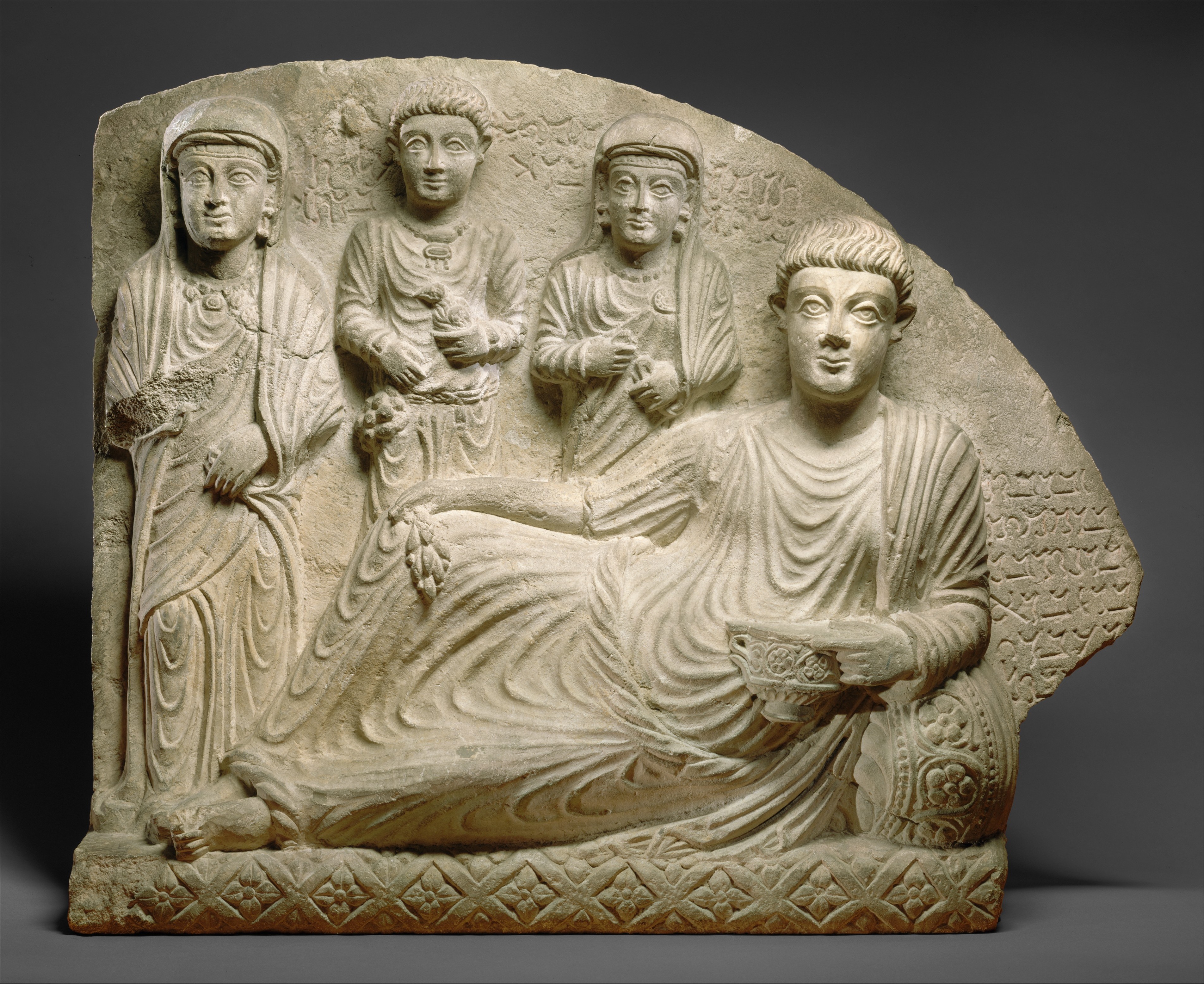1
Alas! Sha’del, the son of Zabdibôl, the son of Moqîmu, the artisan. He died on the 3rd day of Kanûn (in) the year 484 (November, 172 C.E.).
2
The destruction of a ruin is like the desecration of a body. It is a vengeance wreaked on the past in order to embitter the future. And how often it is that those who destroy ruins are the same ones who desecrate bodies.
3
I need to understand what I am sad about. Not in hopes of obliterating the sadness, but in hopes of lessening it.
4
Underneath modern Tadmor was Tadmor Prison. The dungeon was built for horror. The population was in the thousands. To keep the population fearful, random prisoners were dragged to death, or cut to pieces with an axe. Above stood the ancient ruins. The Syrian poet Faraj Bayrakdar, held at Tadmor Prison for five years for his communist ideas, called it “a kingdom of death and madness.”
5
Alas! Tadmor, the wife of Moqîmu son of Nûrbel, the artisan. She died on the 29th day of Siwan in the year 457 (June, 146 C.E.).
6
I displace what hurts, what cuts, onto some other object charged with a local pain from ages ago. The mourners and the ones they mourned are eighteen centuries gone. Their pain—“Alas!”—remains fresh.
7
The way the women raise their right hand to touch, delicately, the hem of their robes. Their irises incised, their pupils doubly incised, into the limestone.
8
Alas! Nûrbel, the son of Moqîmu (son of) Nûrbel. In (the month of) Qinyan of the year 492 (July, 181 C.E.).
9
There are only two other people in Room 406. One of them is a young man in black t-shirt and black shorts. The museum will close soon. Outside is the city. Late afternoon. Summer is almost over. Many languages flow through the streets, many people, and the UN building is a marine green in the August light.
10
On June 26, 1980, a putsch against President Hafez al-Asad fails. The Muslim Brotherhood is deemed responsible. The next day, commando forces, under orders from Rifa’al al-Asad, the president’s brother, go to Tadmor Prison with orders to kill every prisoner, whether they are connected to the Muslim Brotherhood or not. The commandos arrive at dawn. The prisoners are in their cells, and the commandos go from one cell to another. No records are kept, but about a thousand prisoners are believed killed.
11
The ancient city of Tadmor (a possible etymological link with the Arabic tamr, “dates,” but this is unproven), an oasis in the Syrian desert for millennia, becomes, under Greco-Roman influence around the 1st century C.E., Palmyra (the name evokes date palms). Underneath Palmyra, Tadmor persists: the local dialect of Aramaic, carved into limestone stele as “Palmyrene,” the Arab Queen Zenobia, who fights, and wins, and loses, and is carried off to Rome in gold chains.
12
Parthian (later “Persian”) dress, Greek style, in this place where cultures meet. The faces are frontal, both idealized and stylized, and responsive to second and third century C.E. Roman portraiture. The simplified folds of the robes fall like palmate leaves. The snicks of Palmyrene script are dry fronds.
13
That repeated “Alas!” which tells it how it is. The amphitheater was built during the Roman imperial era. Earlier this year people were lined up in the amphitheater and shot. One notable horror of ISIS is that the individual perishes as part of a mass no one knows how many have been killed, how many raped, how many made to disappear from earth without the dignity and rites that might lessen grief. Two hundred? Two thousand? How many people have been murdered during ISIS’s deranged campaign to reinvent the world? What were their names? Who did they love? Who were their parents?
14
Not “art,” vaguely. Not “archaeology,” imprecisely. But rather: this specific object, that specific object, what it looks like, what it means. What it is to look at it on a particular day, and reiterate our debt to its custodians. As a historian of art, I feel like a member of this complicated tribe of caretakers. How many of us were killed by the Baath regime before the war? How many archaeologists, historians, and art historians were killed in the American bombing of Baghdad? How many carvers, how many oud-makers, how many masters of the maqam, how many singers? How many of those who cherish the past on behalf of the future? But no one keeps such a tally.
15
The young man in Room 406, in black shirt, black shorts, black shoes, black socks, goes from case to case, with rare attention. He plays nervously with his hands, but his face is serene.
16
And there was the old professor, in whose protective custody were the ruins and tombs of Palmyra. A distinguished archaeologist, esteemed scholar, and member of the Baath Party since 1954, he was bound to die once the city fell. Professor Khaled al-Asaad was taken to a dungeon—not Tadmor Prison, which ISIS had already destroyed—but elsewhere. Here in this city he had loved and protected, they tortured him. Best not to imagine what happens in a torture chamber to a man of 82. Then they killed him. And that is just the beginning, alas.
17
Just a few more minutes now before Room 406 closes for the day. The carving, a fine blend of the Hellenic and the Persian, is distinct: no other art looks like this. The rich merchant families of Palmyra sustained this art. Some of the stele are half-length busts, others, more complex, show a reclining figure attended by a number of others. The stele, in high relief, are smaller than half life size, and are arranged around the grave, as in a Roman dining room. In the world to come, we will be at banquet together.
